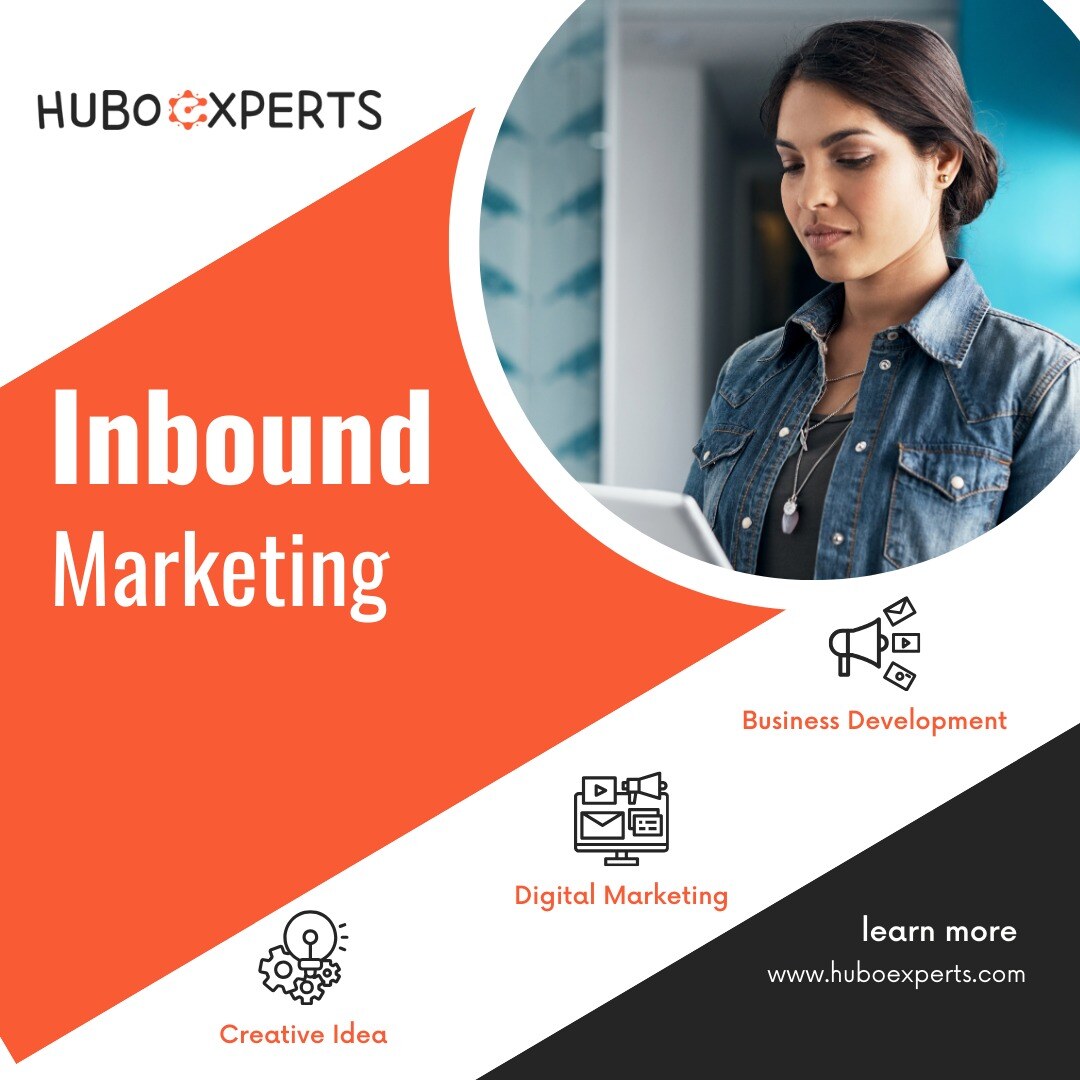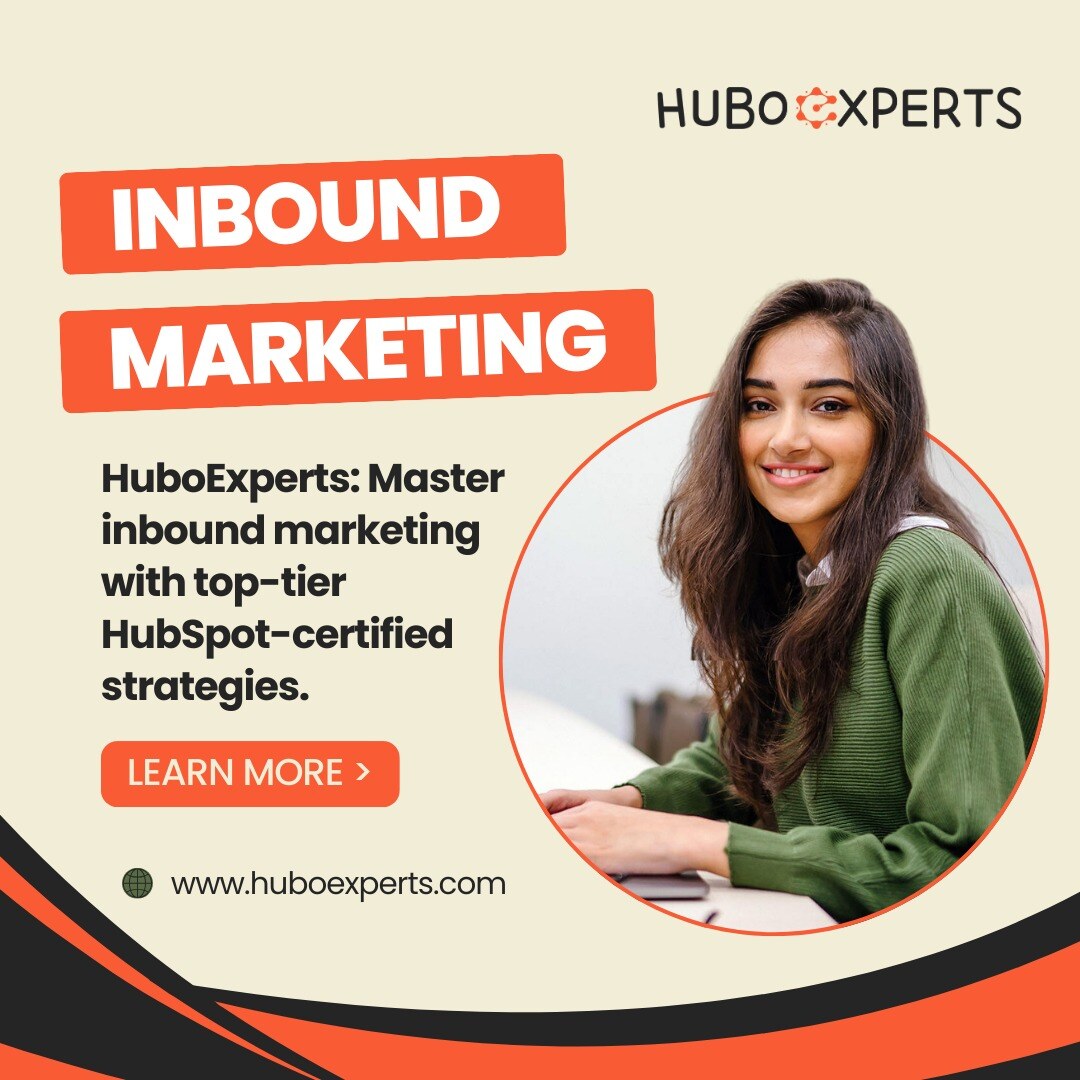Effective Inbound Marketing Strategies for Business Success
Businesses are always searching for new and creative ways to draw in, interact with, and keep consumers in the current digital era. Cold phoning, direct mail, and television advertisements are examples of traditional outbound marketing strategies that are less successful now than they were in the past. Instead, by concentrating on drawing clients in with experiences and relevant material catered to their needs, inbound marketing has become a potent strategy for achieving corporate success. Some of the best marketing techniques will be discussed in this article, along with how companies can employ them to attain sustained expansion.
What is Inbound Marketing?
The goal of inbound marketing is to draw in new clients by providing them with interesting and useful information, as opposed to trying to sell them your goods or services. marketing seeks to establish trust, respond to inquiries, and offer solutions to people's issues rather than interrupting them with advertisements. This approach encompasses a number of techniques, including email marketing, social media interaction, search engine optimization (SEO), and content production. The objective is to establish a deep connection with prospective clients in order to eventually increase conversions and foster brand loyalty.

- Content Marketing: The Heart of Inbound Marketing
One of the best marketing techniques is content marketing. It entails producing excellent, educational, and captivating content to draw in potential clients. Among other kinds of material, this can include case studies, eBooks, videos, infographics, and blog entries. Businesses may position themselves as leaders in their sector and build audience trust by continuously producing valuable content.
Why it works: In addition to giving potential clients the answers to their queries, content marketing helps companies rank higher on search engines. Website traffic, lead generation, and customer conversion can all be greatly increased when a company's content speaks to its target demographic. Excellent content also forms the basis for other inbound marketing strategies, such as email campaigns, social media marketing, and SEO.
2. Search Engine Optimization (SEO): Boosting Visibility
An integral part of inbound marketing is SEO. It entails improving your content and website to rank better for pertinent keywords in search engine results pages (SERPs). You may improve your chances of showing up in front of people who are actively searching for answers to their problems by knowing the search intent of your target audience and carefully arranging keywords in your content.
Why it works: SEO ensures that your content is discoverable by the right audience at the right time. The higher your website ranks in search results, the more likely it is that potential customers will find your business. A strong SEO strategy includes keyword research, on-page optimization (e.g., meta descriptions, headers, and internal links), and building high-quality backlinks to enhance your site’s authority.
3. Social Media Marketing: Building Relationships
One of the best platforms for inbound marketing is social media. It enables companies to engage with their audience directly and create lasting connections. Businesses can broaden their audience and raise brand awareness by posting insightful material, interacting with followers, and taking part in discussions.
Why it works: Social media is a powerful tool for building brand loyalty. It allows businesses to show their human side, answer questions in real-time, and demonstrate thought leadership. Platforms like Facebook, Instagram, LinkedIn, Twitter, and TikTok provide businesses with the opportunity to connect with a wide range of potential customers and share content that resonates with them.
Social media also provides valuable insights into customer behavior and preferences, which can inform future inbound marketing campaigns. By tracking engagement, likes, shares, and comments, businesses can refine their strategies and create more targeted content.
- Lead Nurturing with Email Marketing
One of the most important inbound marketing tactics for guiding prospects through the buyer's journey is email marketing. A company can utilize email marketing to carry on the discussion and offer more value after attracting leads with content and SEO. Effective strategies to keep leads at the forefront of your mind and encourage them to make a purchase include email newsletters, exclusive deals, product updates, and instructional materials.
Why it works: A very individualized method of reaching out to potential clients is email marketing. You can deliver messages that are specifically tailored to the interests and behavior of your customers by segmenting your email list. This advances prospects through the sales funnel and fosters trust. Automated email sequences are an effective technique to cultivate relationships because they can be configured to send leads timely and pertinent content based on their activities.
5. Attracting Traffic with Paid Advertising
While inbound marketing focuses primarily on organic tactics, paid advertising can play a crucial role in driving traffic and accelerating growth. Google Ads, Facebook Ads, and LinkedIn Ads can be used strategically to attract targeted traffic to your website and amplify your inbound efforts.

Why it works: Businesses may swiftly increase website traffic and reach a wider audience with paid advertising. By focusing on particular demographics, hobbies, and behaviors, companies can make sure the proper individuals see their advertisements. Your message will reach a larger audience and your inbound marketing plan will be more effective overall if you use paid advertisements in addition to your content and SEO efforts.
- Conversion Rate Optimization (CRO): Turning Visitors into Customers
Attracting traffic is just one part of inbound marketing. The next step is converting that traffic into customers. Conversion rate optimization (CRO) is the process of improving your website’s ability to turn visitors into leads or sales. This involves analyzing user behavior, identifying friction points, and making design and content changes that encourage visitors to take action.
Why it works: CRO ensures that you’re getting the most value out of your inbound marketing efforts. By optimizing landing pages, forms, and calls to action (CTAs), businesses can increase their conversion rates and improve the ROI of their marketing campaigns. A/B testing, heat maps, and user feedback are just a few ways to gather data and make data-driven decisions to improve your website’s performance.
- Analytics and Measurement: Tracking Success
One of the greatest advantages of inbound marketing is the ability to track and measure success. By using tools like Google Analytics, HubSpot, and other marketing automation platforms, businesses can track key performance indicators (KPIs) such as website traffic, conversion rates, and lead generation.
Why it works: Data-driven decision-making is at the core of inbound marketing. By analyzing the performance of various marketing strategies, businesses can identify what’s working and what’s not. This allows for continuous improvement and ensures that marketing efforts are always aligned with business goals. With the right data, businesses can optimize their strategies and achieve higher ROI.
- Customer Retention: Turning Customers into Advocates
Inbound marketing doesn’t stop once a lead becomes a customer. In fact, it’s just the beginning. The ultimate goal of marketing is to create long-lasting relationships with customers who not only continue to purchase but also become advocates for your brand.
Why it works: Customer retention is often more cost-effective than acquiring new customers. By providing excellent customer service, asking for feedback, and delivering personalized experiences, businesses can foster loyalty and encourage repeat purchases. Satisfied customers can also refer others, helping to expand the reach of your inbound marketing efforts and generate more leads through word-of-mouth.
Conclusion
Inbound marketing is a powerful strategy that helps businesses attract and engage customers by offering valuable content and solutions. Instead of pushing products, it focuses on meeting the needs of customers through methods like SEO, content creation, and social media. At HuboExperts, we believe in creating personalized experiences and using data to improve marketing efforts for long-term success. With inbound, businesses can not only gain new customers but also keep them loyal and encourage them to recommend the brand, making it an essential tool for growth in today’s competitive market.
